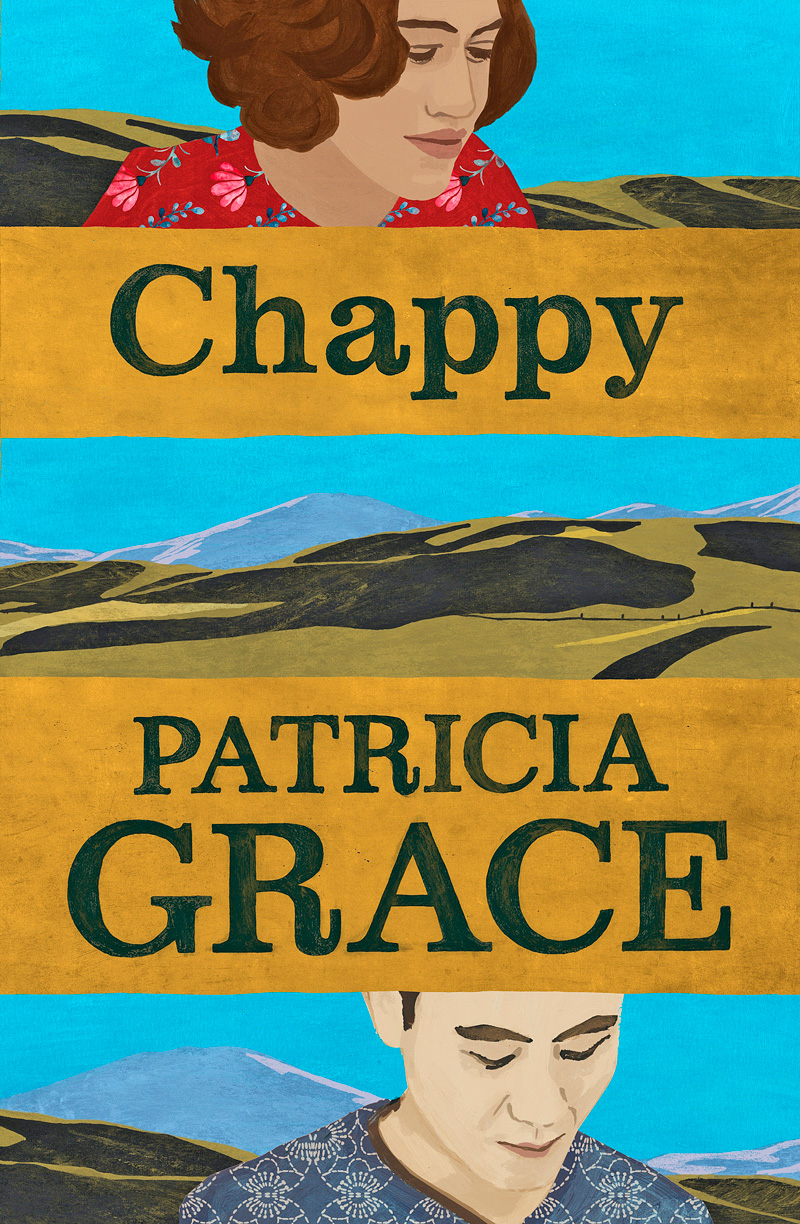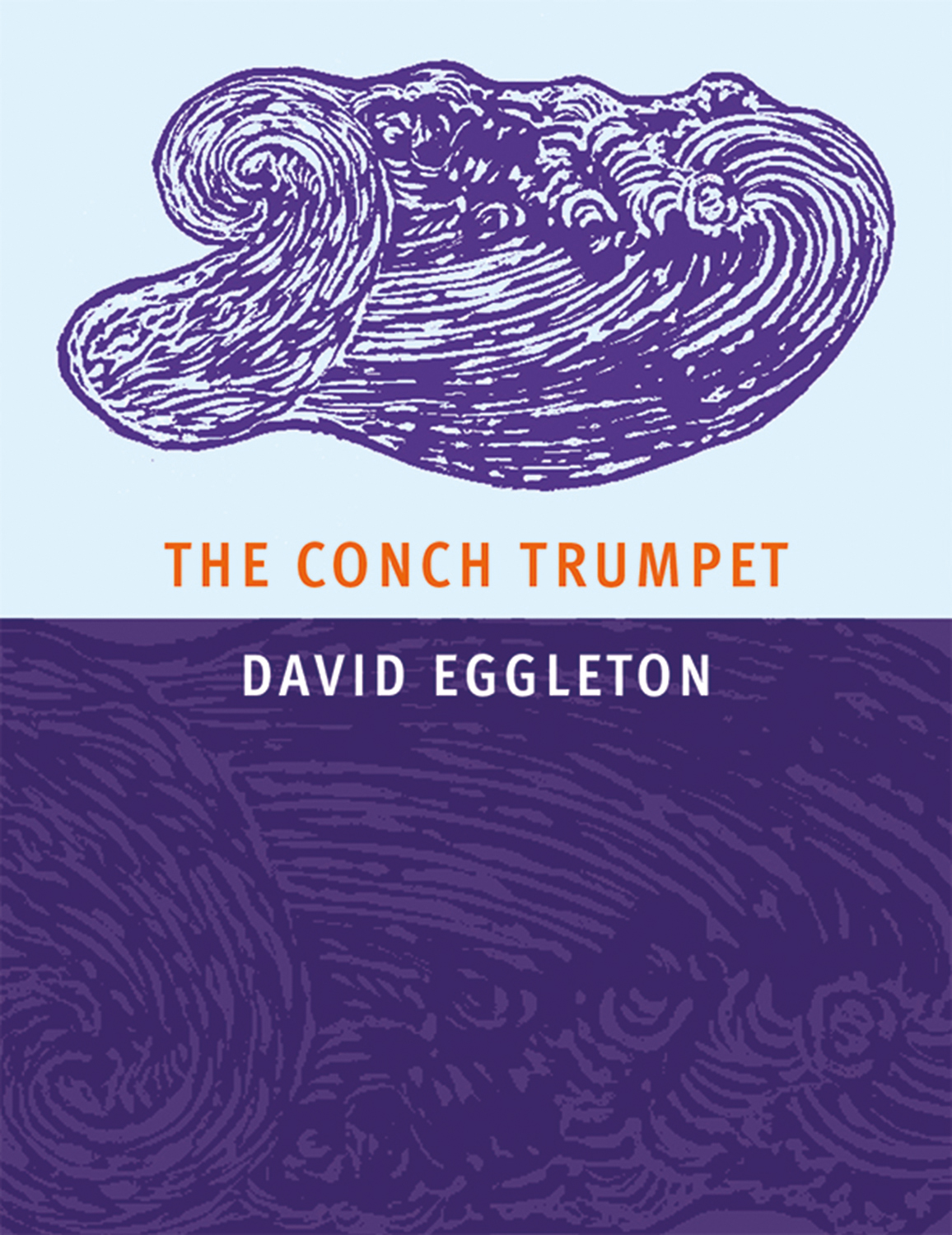Jan 28, 2016 Books
Want more summer reading? Judges for the 2016 Ockham New Zealand Book Awards introduce their longlists: four categories, 10 books in each.
The Fiction List
By Tilly Lloyd
There were 63 submissions for the 2016 Acorn Foundation Literary Award (as the fiction award will be known in the new and improved Ockham New Zealand Book Awards).
The eligible publication period for entries was from June 1, 2014, to December 21, 2015, which may account for the staggering number of entries (there were 24 in 2014). No doubt the whopping increase in prize money (from $10,000 to $50,000, thanks to the New Zealand Book Awards Trust’s fine work and a generous donor) along with an upsurge in independent publishing activity also had some impact.
Indie publishers (including micro-indies) submitted almost half the fiction. Multinational publisher submissions made up just over a quarter of all titles. Of the submissions, 16 works were self-published and two novels were in e-book format only. Most books were published originally in New Zealand, but Australian and UK publishing houses featured also.
There were no fiction submissions in te reo, but there were numerous Maori themes, histories and characters within the submitted novels in English.
There were slightly more female than male authors.
The predominant form was the novel, but there were also short story collections, graphic novels and novellas. More than a third of the submissions, including most of the self-published works, were eligible for the Hubert Church Best First Book Award for Fiction.
The 70-day reading period was “a monastic life”, as my co-judge Owen Marshall noted, but one peppered with the private thrill of discovering exceptional, badass, superb, outstanding writing. The 10 that made the longlist were followed closely by a tight pack of 10 merely a few points behind.
Some excellent books inevitably missed out. The judges’ task was to consider the merits of specific works, not the literary reputation of the authors. The craft was spectacular. We talk so much about discoverability, and here it was on a plate.
The longlist titles faced the future, but regarded the past and present more frequently. This is not so unusual across the world. Themes featured in our longlist included being on the run, the literal highs and crashing lows of cycling in the Tour de France, the long reach of war and the short leash of class, deceit and betrayal, life underneath the sea and on the street, earthquake ennui, photography and art, literary fame and misdirected blame, overcoming totalitarianism, resistance and evasion, roots, rugby, shearing, subversion, translation, loss, and the vagaries of love.
A depth of reading experience is necessary for judging, but at the fiction judging table we were all of a certain age (the late baby- boomer jowl-appreciation phase). A full-time writer, a freelance arts odd-jobber and a bookseller (thanks to Unity Books for sponsoring 200 hours) put life on hold this year.
But there are plentiful New Zealand book people from Gens X and Y who have excellent depth of field (and younger backs) and we must find a way to get the best of them judging, too. It would require a living wage and unimaginable levels of fundraising. It’s a good thing, to be able to do good via Literary Couch Arrest.
Judges for the fiction prize are bookseller Tilly Lloyd, writer; Owen Marshall and former Auckland Writers Festival director Jill Rawnsley (chair).
Fiction

The Antipodeans by Greg McGee (Upstart)
Astonished Dice: Collected Short Stories by Geoff Cochrane (VUP)
The Back of His Head by Patrick Evans (VUP)
Chappy by Patricia Grace (Penguin Random House)
The Chimes by Anna Smaill (Hodder & Stoughton)
Coming Rain by Stephen Daisley (Text)
The Invisible Mile by David Coventry (VUP)
The Legend of Winstone Blackhat by Tanya Moir (Penguin Random House)
The Pale North by Hamish Clayton (Penguin Random House)
Reach by Laurence Fearnley (Penguin Random House)
Field trip with books: The general non-fiction list.
By Simon Wilson
They arrived at the door, box after box, until we had 91 books to read. How do you do that? Put your head down, refine your speed-reading skills, sit in a hard chair. Make time for the job, rather than fit it in to your more ordinary late-night reading time. And go at it backwards.
We began, not by trying to find the best books, but by weeding out the bad ones and then the not-all-that-good ones. Because the 91 submissions in this category had to become 10, we searched for books that didn’t really do what they should have been doing. If there were stupid sentences, one judge might email the others to say, “I’d find it hard to support a book that contains this…”, followed by the offending prose. Clunkiness, fatuousness, dullness. We were not going to give a prize to writers who did not care about every sentence or did not know enough about writing to know how to care.
We were alert to superficial research, and to glibness that betrayed lack of intellectual depth, even if the research itself had clearly been admirably thorough. Many of the authors were academics; many of the books began life as PhD theses.
Well, of course they did. It’s entirely right that academic rigour is a bedrock for the country’s literary examination of itself. It’s mostly desirable that academics want to publish for a general readership. But we did find ourselves wishing that more of them were better at it, and that their publishers (university presses, we’re looking at you) were more often rigorous in insisting on it.
Books that did not translate well enough from thesis into general reading missed the cut. Books that did were among the most exciting.
There were some books with big important topics and many with small but really interesting topics. Neither quality turned out to be a useful guide to how good the books themselves were. This is not a prize for worthiness or simply for having a good idea.
Nor is it a prize for reputation. At least 20 of the books were by name writers, which guaranteed that whatever we did, someone was going to feel affronted. As you would expect, we did not treat anyone as having any kind of right to be in the final 10.
When we had the list down to 21, we sat in a room for a day and pushed them into different piles, talking and talking. We reconsidered some of the earlier rejects. We were looking for 10 books that really were superb versions of themselves.
We think we found them. There’s a deeply insightful biography of one major literary figure and a frank and marvellously readable memoir by another. Four significant histories, each of which unpacks its subject with original research and engrossing storytelling. Also, of all things, a medical treatise — with a polemical edge, a wealth of data and an abiding commitment to engaging the lay reader.
Two of the books are, broadly, in the genre of creative non-fiction: they’re dedicated to the notion that a writer with a love of language, a critical and inquiring mind and an irrepressible imagination can provide an account of something that repurposes the way you see the world.
And — again, who would have thought — there’s a geology field trip. It turns over rocks, so to speak, and does so with such wonder and delight you may never look on the New Zealand landscape in the same way again.
Judges for the non-fiction prize are writer Jarrod Gilbert, literary historian Lydia Wevers and Metro editor-at-large Simon Wilson (chair).
General Non-Fiction
Maurice Gee: Life and Work by Rachel Barrowman (VUP)
Terrain: Travels Through a Deep Landscape by Geoff Chapple (Penguin Random House)
The Villa at the Edge of the Empire: One Hundred Ways to Read a City by Fiona Farrell (Penguin Random House)
Maori Boy: A Memoir of Childhood by Witi Ihimaera (Penguin Random House)
Lost and Gone Away by Lynn Jenner (AUP)
Kitchens: The New Zealand Kitchen in the 20th Century by Helen Leach (OUP)
Panguru and the City, Kainga Tahi, Kainga Rua: An Urban Migration History by Melissa Matutina Williams (Bridget Williams Books)
Outcasts of the Gods? The Struggle over Slavery in Maori New Zealand by Hazel Petrie (AUP)
Journey to a Hanging by Peter Wells (Penguin Random House)
The Healthy Country? A History of Life and Death in New Zealand by Alistair Woodward and Tony Blakely (AUP)
Precise provocations: The poetry list.
By Elizabeth Caffin
Out of 49 collections of poetry we were looking for originality, passion and engagement, sound, shape and song. The best of the poets were looking out rather than in, watching, listening, thinking as well as creating, provoking and entertaining. They were alert to the gains and losses of living in the 21st century but also mindful of the past and of our origins.
An awareness of history is vivid for both Chris Tse in How to be Dead in a Year of Snakes and Airini Beautrais in Dear Neil Roberts. Both take a single historical death and patiently, painfully unpack it, exposing its complexity, making it contemporary.
The dignified, restrained language Tse uses in his picture of the 1905 murder of Joe Kum Yung is deeply moving; while Beautrais gives a compassionate and perceptive account of the 1982 suicide of Neil Roberts at the Wanganui Computer Centre.
Leilani Tamu in The Art of Excavation is obsessive about the past, too — the Pasifika past of myth, song and story so long blurred by a colonial pen, now to be recovered and renewed for the future.
Different angles on the New Zealand whakapapa are vividly present in David Eggleton’s The Conch Trumpet, where landscape is sounded out through names and voices long gone.
Language and thought also come down to us from the past as the collections by Roger Horrocks and John Dennison show. Horrocks, in Song of the Ghost in the Machine, takes a morning walk and engages us, and a crowd of other writers who went before, in intense and stimulating conversations about the meaning of life.
The small, elegant poems of John Dennison in Otherwise respect the poetic tradition, especially Allen Curnow, and with great skill suggest the depths, moral and spiritual, to be found in daily life.
Domestic life remains a ready source for verse, emotional, unavoidable, banal or tragic, funny or frustrating. It is Emma Neale’s territory par excellence in Tender Machines, handled sometimes with wry amusement and affection, sometimes with fury, as bringing up children and coping with computers can hardly be distinguished.
Intriguingly, Tim Upperton’s The Night We Ate the Baby presents a male take on this scene, grumpier, more disturbing, but just as witty and acute; his ear for the urban cliché is unparalleled.
We did not forget the sheer pleasure of poetry with its word games, sound plays, rhymes and rhythms, so striking in very different ways in Eggleton and Dennison. We enjoyed Murray Edmond’s exuberant collection, Shaggy Magpie Songs, with its wit and energy, poems “wanting to get off the page and start singing and dancing”, as the poet says.
Likewise, Jennifer Compton’s fictional narrative sequence, Mr Clean & the Junkie, is a hilarious and highly original collection which moves at great pace and makes fun of the reader by playing with different voices.
We were struck by the quality of design and production in many of the entries and the welcome presence of independent publishers, three of which made the longlist. We were also delighted the list includes three first books.
Judges for the poetry prize are publisher Elizabeth Caffin (chair), academic Paul Millar and poet Selina Tusitala Marsh.
Poetry

The Art of Excavation by Leilani Tamu (Anahera)
Shaggy Magpie Songs by Murray Edmond (AUP)
How to be Dead in a Year of Snakes by Chris Tse (AUP)
The Night We Ate the Baby by Tim Upperton (Haunui)
Otherwise by John Dennison (AUP)
Mr Clean & the Junkie by Jennifer Compton (Makaro)
Song of the Ghost in the Machine by Roger Horrocks (VUP)
Tender Machines by Emma Neale (OUP)
The Conch Trumpet by David Eggleton (OUP)
Dear Neil Roberts by Airini Beautrais (VUP)
Behold the beauty: The illustrated non- fiction list.
By Jane Connor
Books in the illustrated non-fiction category reflect a breadth and depth of publishing that’s remarkable for a small country. The longlist, selected from more than 45 submissions, represents the domains of natural history and te ao Maori, photography and landscape design, the outdoors, popular culture and food.
Each book has an identifiable and substantial audience, for whom information and ideas, text and illustrations are brought together in a form that’s inviting and enduring — and, importantly, not available elsewhere, no matter how much time you might spend in front of a computer.
Impact on the community is one of the criteria by which books are judged for these awards, and all the titles on the longlist in the illustrated non-fiction category will make their mark on our cultural and intellectual life and heritage. But let’s not limit this to our small part of the world.
Alison Cree’s exhaustive Tuatara: Biology and Conservation of a Venerable Survivor and Nick Mortimer and Hamish Campbell’s Zealandia: Our Continent Revealed, will have an impact beyond our shores; it’s not a stretch to say they have something important to contribute to our understanding of the nature of our planet.
It would be wonderful if Tangata Whenua: An Illustrated History, by Atholl Anderson, Judith Binney and Aroha Harris, and Te Ara Puoro: A Journey into the World of Maori Music, by Richard Nunns (with Allan Thomas), found an audience and a market outside New Zealand. Perhaps they already have.
Their importance in our country is unquestionable, but both these exceptional books deserve international recognition for their contribution to the documentation and discussion of one of the world’s remarkable cultures.
Public interest and entertainment value are other criteria by which the books are judged. The nostalgia and pure delight offered by Real Modern: Everyday New Zealand in the 1950s and 1960s, by Bronwyn Labrum, and Hello Girls and Boys! A New Zealand Toy Story, by David Veart, are evident on every page, but there’s also no doubt these are serious works based on thorough research.
Illustrated non-fiction titles are often the most visible in bookshops because of their size and visual appeal. The care that’s obviously gone into the design and production of the titles on the longlist shows the publishers’ determination to give the books the best possible chance of reaching their audience.
This attention to detail doesn’t come cheap and yet, given the high costs of production and relatively small print runs, these beautiful books are generally exceptional value for money.
The best illustrated non-fiction is conceived with an audience in mind — it is not an indulgence or a vanity. It has something important to say, which is achieved through a thoughtful amalgam of careful research, well-crafted text and quality and appropriate illustrations. They are books that booksellers want to stock and people want to buy.
Judges for the illustrated non-fiction prize are former publisher Jane Connor (chair), magazine editor Leonie Hayden and academic Linda Tyler.
Illustrated Non-Fiction
Zealandia: Our Continent Revealed by Nick Mortimer and Hamish Campbell (Penguin Random House)
My Family Table: Simple Wholefood Recipes from ‘Petite Kitchen’ by Eleanor Ozich (Allen & Unwin)
Hello Girls and Boys! A New Zealand Toy Story by David Veart (AUP)
Tuatara: Biology and Conservation of a Venerable Survivor by Alison Cree (CUP)
Real Modern: Everyday New Zealand in the 1950s and 1960s by Bronwyn Labrum (Te Papa)
Coast. Country. Neighbourhood. City edited by Michael Barrett (Six Point)
Te Ara Puoro: A Journey into the World of Maori Music by Richard Nunns (Potton and Burton)
New Zealand Photography Collected by Athol McCredie (Te Papa)
Tangata Whenua: An Illustrated History by Atholl Anderson, Judith Binney, Aroha Harris (Bridget Williams Books)
Tramping: A New Zealand History by Shaun Barnett and Chris MacLean (Potton and Burton)
The Ockham New Zealand Book Awards shortlist will be announced on March 8 and the winners on May 10.





